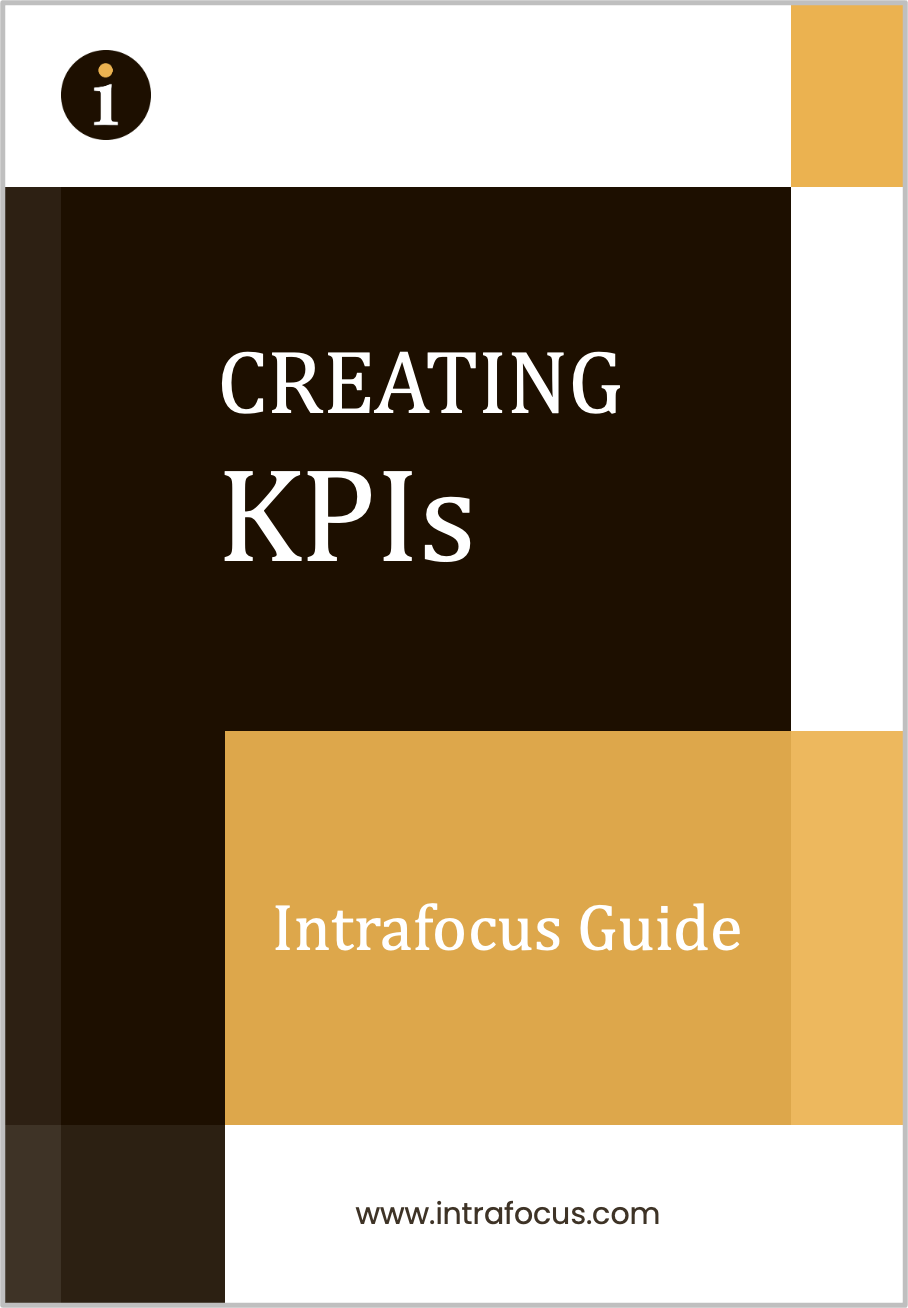An employee health and wellbeing strategy is essential
Much has been made in recent years about the ‘war for top talent’ – but the fact is that many organisations have struggled to retain the excellent employees that they have sought to bring into the business in the first place. The attraction and retention tools and inducements of all – share schemes, pensions and the classic corner office – either simply don’t exist in the same form anymore or aren’t as relevant or interesting to today’s employees. This is particularly the case as the workforce transitions away from predominantly comprising Generation X workers (often growing up in the income-oriented world of ‘Thatcher’s Generation’) towards Millennial and even Generation Z workers, who are far more motivated by intrinsic factors such as health, balance, community and a sense of making a difference.
All of a sudden, smart organisations are focusing heavily on their employee health and wellbeing strategies, recognising that a great working environment with the right support mechanisms and incentives in place will act as a powerful tool for attracting and retaining talented employees over the longer term – and ensuring that they are as productive as possible in this time. With research showing that highly engaged employees deliver 30 days of additional productivity, the incentive for companies is clear. Source: CIPD Community
What is employee health and wellbeing?
Whether it’s referred to as a workplace wellness programme, employee wellbeing and health programme or a corporate wellbeing strategy, the thrust is the same; company efforts to make their precious workforce as happy, healthy and productive as possible. The right programmes to encourage individuals to become healthier will raise motivation, innovation, energy and productivity whilst reducing the costs of absence and turnover.
Each company will develop its own approach to supporting its people in this way. Some may offer special discounts to fitness centres, gyms and complementary therapies or access to private healthcare with a wellness programme. Some will bring fresh fruit into the office and a mobile massage therapist or run yoga and meditation classes. Others will introduce standing desks, cycle-to-work schemes and flexible working. Digital tools are also helping companies to deliver these schemes in partnership with healthcare providers, offering services such as online counselling, personal health profiling and wellbeing advice.
Why is it so important to have happy and healthy employees?
The link between good employee health and company productivity is proven and intuitive. Every organisation also represents society as a whole, particularly where diversity is achieved in recruitment. If a company can tackle health risks suffered by the general population – such as obesity, smoking, stress, poor nutrition and a lack of exercise – the results will be magnified beyond their initial workforce: supporting corporate social responsibility initiatives by encouraging healthier employees to support their own friends and families out of work. Those companies which are seen to be positive employers are also more valued by today’s discerning customers, with positive brand values translating into higher sales and loyalty.
Which measures can companies easily attain?
Knowing that an effective employee wellbeing programme will lead to definable business outcomes for a company makes it possible to track some hard measures. Wellbeing initiatives can be tracked using a variety of datasets as part of regular business reporting. For example:
– The number of employees participating in the health and wellbeing tools and services available to them
– The number of sick days and absences recorded
– Employee turnover figures during the measurement period (and their changes since the programme’s implementation.)
– Operational metrics such as customer service, delivery and productivity measures and underlying financial measures, again mapped against the timeline for wellbeing initiative implementations.
As the programme unfolds, companies will find measurement approaches that suit their needs and desire for detail. The reporting requirements for a large shareholder-owned organisation are likely to be very different to those of an SME or scale-up for example, so internal learning and refinement is key to proving the business case for wellbeing investment.
Which softer outcomes are harder to measure?
Measuring health and wellbeing can be nebulous, particularly where the more positive mental benefits are considered. But here, organisations can choose to take unstructured feedback through employee engagement and communication sessions, such as team meetings, town halls, conference Q&As and so forth. Simply by asking employees to talk about their experiences of a wellbeing programme and to participate in its development, implementation and review helps to embed that feeling of engagement, warmth and positivity at work – helping employees to feel listened to and valued. Another measure is to ask customers, shareholders, board members, partners or business leaders to simply spend time in the business and get a feel for it – especially to witness changes before and after implementing a health and wellbeing scheme.
Other companies that do like to pursue harder metrics can look at newer tools such as sentiment analysis, which specialist consultancies can deliver as part of a regular employee feedback survey. Whatever the approach, the key is to ask employees for their thoughts and feedback to further encourage those emotional and mental wellbeing benefits of engagement and trust.
Is this a positive investment for organisations?
Harvard University economics found that the costs of absenteeism drop by $2.73 against every $1 spent on a corporate wellness programme; immediately proving the investment case. Other studies have found that a well-conceived and implemented wellness programme can deliver an ROI of c. 3:1. – Grand View report on Corporate Wellness. A report by the British Government also found that wellbeing benefits at work were inextricably linked to business performance in terms of financial gains, workforce productivity and quality of delivery. acas – Working for Everyone.
With the benefits of an effective health and wellbeing programme for employees being proven, the incentives for companies to move ahead fast with their own tailored programme is compelling. For those that do, the opportunities for sustainable competitive advantage in an increasingly challenging world will be clear – delivered by engaged, retained, motivated and highly productive employees that are passionate about their own employer and ready to share the values of its brand with customers.


